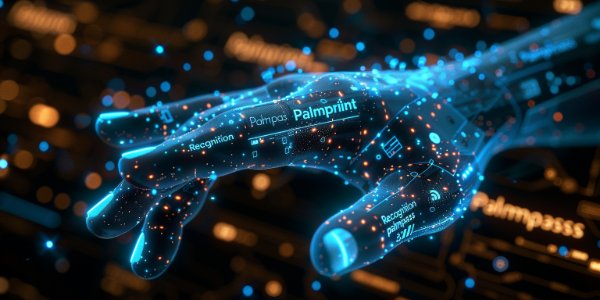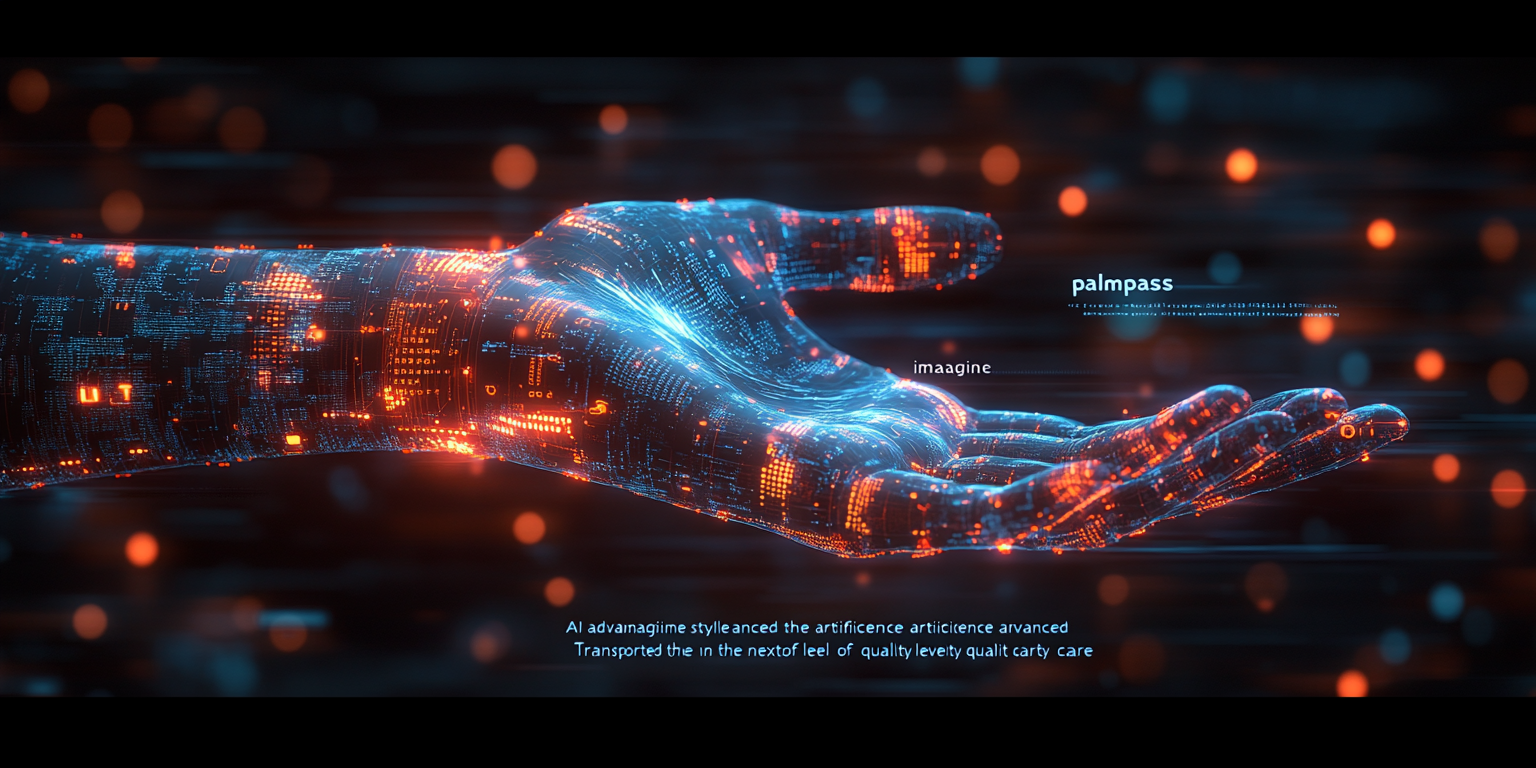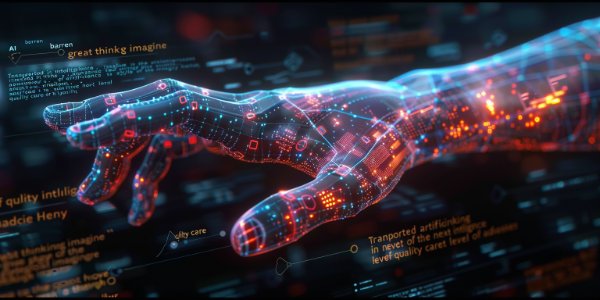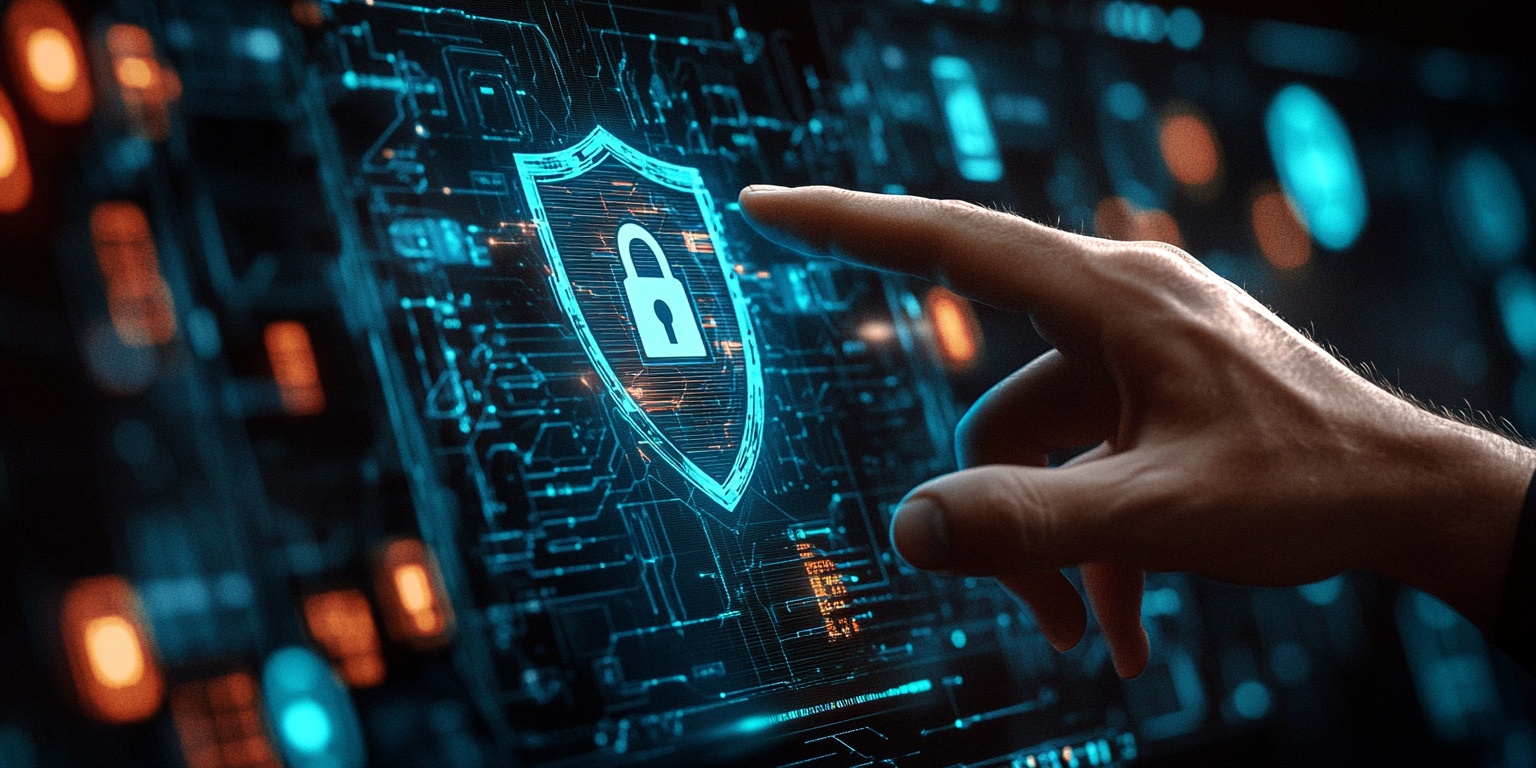What is biometric authentication?
Biometric authentication uses unique biological traits, like fingerprints and facial features, to verify identities securely and conveniently. It's widely used in law enforcement, travel, healthcare, identity management, and payments. While it enhances security and convenience, it also poses challenges such as high costs and privacy concerns. Multimodal systems, using multiple identifiers, offer added security but can increase these issues.
Biometric authentication is a security process that relies on the unique biological characteristics of individuals to verify their identity. This technology compares physical or behavioral traits to stored, verified data in a database. If both samples match, authentication is confirmed. Typically, biometric authentication is used to manage access to physical and digital resources, such as buildings, rooms, and computing devices.
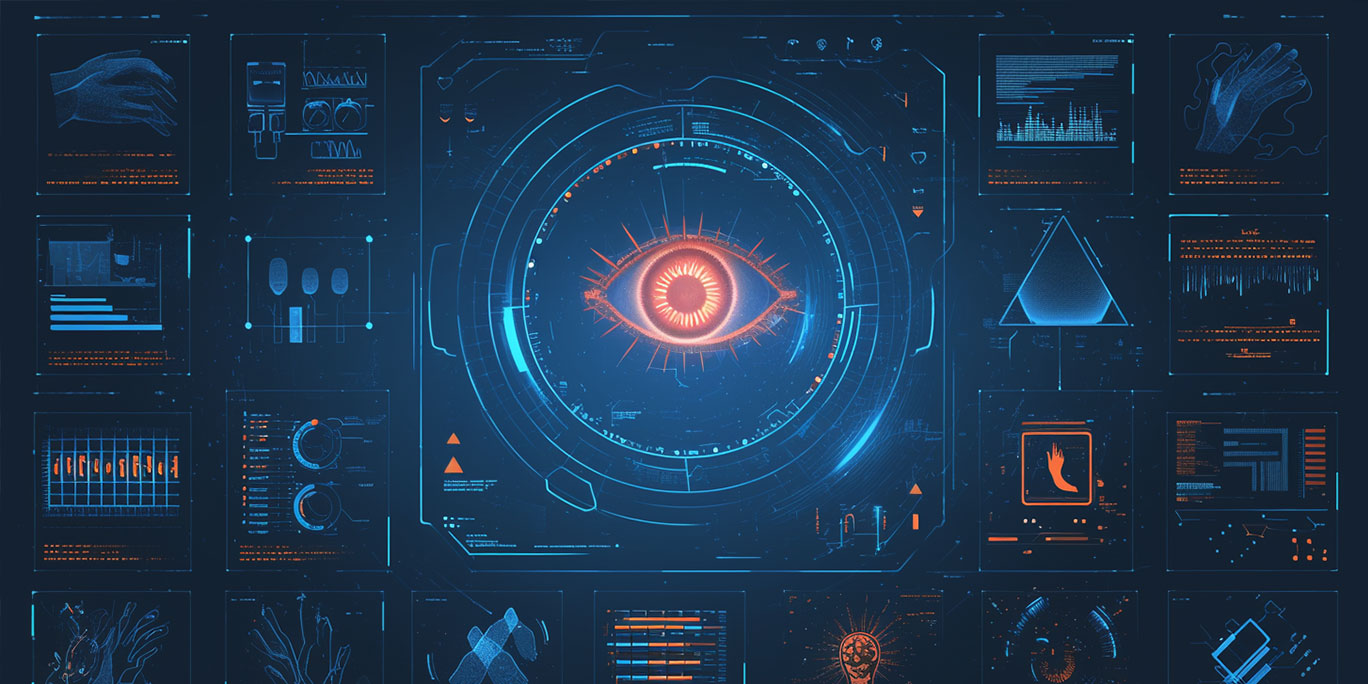
Types of Biometric Authentication Methods
Biometric identification uses various biological traits to identify or verify a person. Here are some common biometric technologies:
Chemical Biometric Devices
DNA Matching: Uses genetic material to identify a person.
Visual Biometric Devices
Retina Scans: Identify individuals by analyzing the unique pattern of blood vessels at the back of their eyes.
Iris Recognition: Uses a picture of the iris to identify individuals.
Fingerprint Scanners: Identify individuals based on their fingerprints.
Hand Geometry Recognition: Verifies identity by measuring the unique characteristics of a person's hand.
Facial Recognition: Relies on the unique characteristics and patterns of people's faces.
Ear Authentication: Verifies identity based on the unique shape of users' ears.
Signature Recognition: Identifies individuals based on their handwritten signature.
Vein or Vascular Scanners: Identify individuals based on the vein patterns in their fingers.
Behavioral Biometrics
Gait Analysis: Examines the way people walk.
Typing Recognition: Establishes identity based on unique typing characteristics.
Auditory Biometric Devices
Voice ID: Identifies individuals using voice recognition, analyzing characteristics created by the shape of the mouth and throat.
Components of Biometric Authentication Devices
A biometric device typically includes three components:
A Reader or Scanning Device: Captures the biometric trait.
Conversion and Comparison Technology: Converts the captured data into a digital format and compares it with stored data.
Database for Storage: Stores the biometric data for future comparisons.
Multimodal Biometric Authentication
Multimodal biometric authentication enhances security by requiring multiple identifiers, read simultaneously during the authentication process. This approach adds layers to the verification process, making it harder for malicious actors to fake multiple unique characteristics. However, it also incurs higher costs for tools, computing power, and storage space, and can raise concerns about privacy and data surveillance.
Use Cases of Biometric Authentication
Law Enforcement
Law enforcement agencies use various biometric data, such as fingerprints, facial features, iris patterns, voice samples, and DNA, for identification. For instance, the Automated Fingerprint Identification System (AFIS) helps police departments quickly and effectively match fingerprints against a database of millions of prints.
Travel
Electronic passports (e-passports) contain microchips that store biometric information, such as digital photographs of the holder. This data is used to verify the passport holder's identity at border control.
Healthcare
Hospitals and clinics use biometrics to track patients accurately and secure their information. Biometric data helps create digital identities of patients, ensuring the right care and preventing medical errors.
Identity and Access Management Systems
Identity and access management (IAM) systems use biometric methods, among others, to control user access to important information. These systems enhance security with single sign-on, two-factor authentication, and multifactor authentication.
Payments
Biometric authentication in payments and credit card processing adds security without additional complexities. Consumers can use biometric traits, such as fingerprints, to authorize transactions, enhancing security and convenience.
Advantages and Disadvantages of Biometric Authentication
Advantages
Convenience: No need to remember passwords.
Security: Unique biometric traits are difficult to replicate.
Accuracy: Advanced algorithms ensure precise identification.
Versatility: Can be integrated into various devices and applications.
User Experience: Fast and seamless authentication processes.
Disadvantages
Security Risks: If biometric data is intercepted during transmission, it can be fraudulently replicated.
Function Creep: Organizations may use the system for unintended purposes, such as employee monitoring.
High Costs: Implementing biometric systems requires significant investment in tools, computing power, and storage.
Biometric authentication represents a significant advancement in security technology, offering robust and user-friendly solutions for identity verification. While it presents certain challenges, the benefits in terms of security and convenience make it a valuable tool in today's digital age. As technology continues to evolve, biometric authentication is likely to become even more integrated into our daily lives, enhancing security across various sectors.





